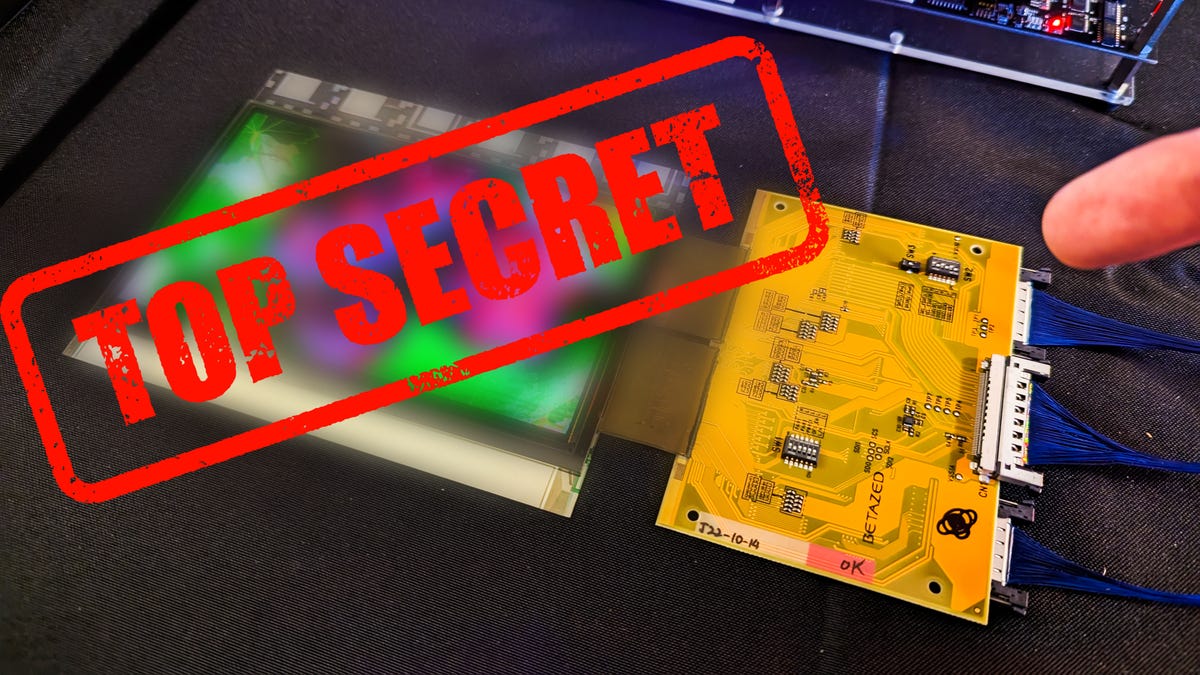Ray tracing is a lock-in for the successor, not something we’re saying hopefully. It was revealed in the leaks, but truthfully, this was pretty much known four years ago. To believe it’s “hopeful” requires you to believe that Nvidia would speak of its importance, then proceed to omit this feature from future hardware for one of their biggest partners, having tried to secure a deal with them well before the Switch. It’s hard to reconcile those points.
AMD had stolen a march on them with PS/XBox, THEN Samsung/AMD brought the first RT phone GPU to a retail product when the Xclipse 920 was in the Exynos 2200 SoC for the S22 line of phones, and there is also Steam Deck in the portable arena, and more recently, ROG Ally. So, let’s put to bed the idea that RT is this precious thing which only PS/XBox and high-end PCs will do now, and which Nintendo will follow in a generation’s time, playing catch-up with the industry. They might well have the best RT on consoles, considering the consensus view is that Nvidia’s RT is better than AMD’s RT. There is something called the “Common Endeavour”, or the “Great Determination” - Ultimately, one has to ask, do you believe that Nintendo aligned themselves with the leading graphics processing company in the world, only to make backwards-thinking, unambitious hardware? That would be a colossal failure to learn the lessons of the 3DS, and leave them susceptible to a worse-than-Wii U fate. Do you also believe that Nvidia courted them for years, only to enter a long-term partnership which involved creating hardware that left them behind? Surely, as the leading graphics processing company, they would want to act the part and uphold their reputation?
It’s a myth that Nintendo is somehow averse to the idea of higher performance - In fact, from a developer’s standpoint, it’s very much in their interests to have higher performance. It means they can spend less time on nip-and-tuck solutions to mask hardware limitations, AND increase their productivity - Something they’ll need to do because the well of past-gen ports WILL run dry, won’t grow future sales in meaningful ways, and the prolific software momentum has to be sustained as much as possible. For Nvidia, it’s getting DLSS tech into 140m+ pairs of hands, making their RT the first choice for developers, and growth in the low-power consumption, high performance arena. Those points combined form the Common Endeavour/Great Determination.
But please, don’t take my word for it - I mean, I was confident about this as far back as 2019.
Nvidia stated that "their leadership had turned ray tracing into a standard", and announced partnerships with Adobe, Autodesk, Unity, Epic, EA, and Microsoft, among others - Seeing as this list includes Nintendo partners, too, a thing called "Reasonable Deduction" told me that it will surely be a part of their next system. Later that year,
Morgan McGuire of Nvidia predicted that the first game to require it would ship in 2023, and every gaming platform would offer accelerated ray tracing by then - There is a pandemic, so, the timing could be a little off, BUT we are still talking about the same time window for a prospective successor to the Switch (i.e., from 2024 onwards). This reinforces a past point I made about ambition, and why I continue to push back against the narrative about "curbed expectations" in the Nintendo community. It's not misty-eyed fanboyism or dreamy fanfic hope, it's reasonable deduction and receipts. Finally, one has to reconcile all of this with the "Do Or Die" rhetoric of the leadership, because serious questions would need asking if they didn't deliver on these industry requirements. It would represent collective internal failures for Nintendo, Nvidia, and their partners.





